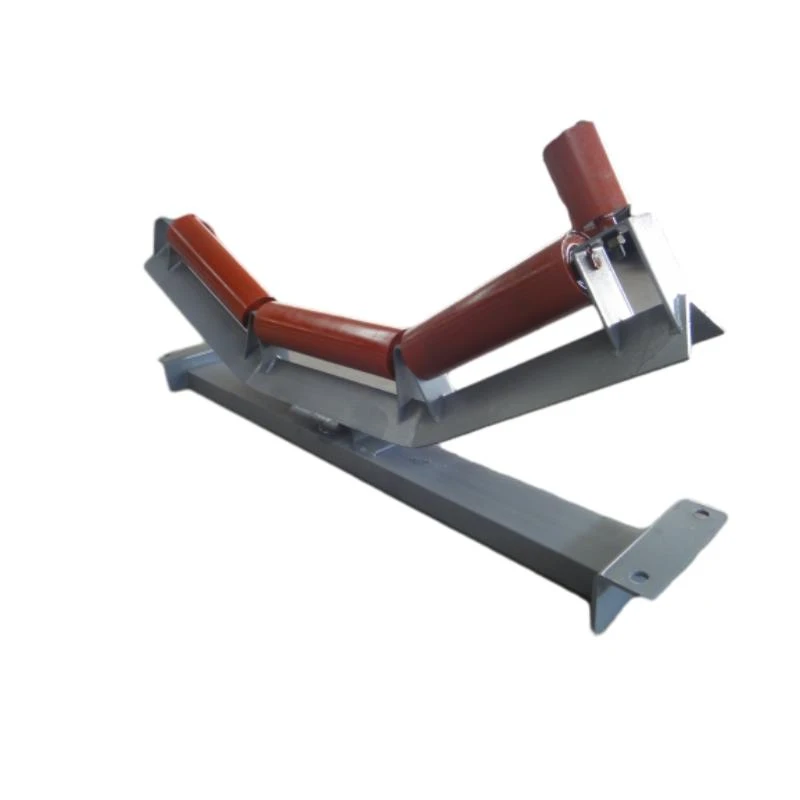 Afrikaans
Afrikaans  Albanian
Albanian  Amharic
Amharic  Arabic
Arabic  Armenian
Armenian  Azerbaijani
Azerbaijani  Basque
Basque  Belarusian
Belarusian  Bengali
Bengali  Bosnian
Bosnian  Bulgarian
Bulgarian  Catalan
Catalan  Cebuano
Cebuano  Corsican
Corsican  Croatian
Croatian  Czech
Czech  Danish
Danish  Dutch
Dutch  English
English  Esperanto
Esperanto  Estonian
Estonian  Finnish
Finnish  French
French  Frisian
Frisian  Galician
Galician  Georgian
Georgian  German
German  Greek
Greek  Gujarati
Gujarati  Haitian Creole
Haitian Creole  hausa
hausa  hawaiian
hawaiian  Hebrew
Hebrew  Hindi
Hindi  Miao
Miao  Hungarian
Hungarian  Icelandic
Icelandic  igbo
igbo  Indonesian
Indonesian  irish
irish  Italian
Italian  Japanese
Japanese  Javanese
Javanese  Kannada
Kannada  kazakh
kazakh  Khmer
Khmer  Rwandese
Rwandese  Korean
Korean  Kurdish
Kurdish  Kyrgyz
Kyrgyz  Lao
Lao  Latin
Latin  Latvian
Latvian  Lithuanian
Lithuanian  Luxembourgish
Luxembourgish  Macedonian
Macedonian  Malgashi
Malgashi  Malay
Malay  Malayalam
Malayalam  Maltese
Maltese  Maori
Maori  Marathi
Marathi  Mongolian
Mongolian  Myanmar
Myanmar  Nepali
Nepali  Norwegian
Norwegian  Norwegian
Norwegian  Occitan
Occitan  Pashto
Pashto  Persian
Persian  Polish
Polish  Portuguese
Portuguese  Punjabi
Punjabi  Romanian
Romanian  Russian
Russian  Samoan
Samoan  Scottish Gaelic
Scottish Gaelic  Serbian
Serbian  Sesotho
Sesotho  Shona
Shona  Sindhi
Sindhi  Sinhala
Sinhala  Slovak
Slovak  Slovenian
Slovenian  Somali
Somali  Spanish
Spanish  Sundanese
Sundanese  Swahili
Swahili  Swedish
Swedish  Tagalog
Tagalog  Tajik
Tajik  Tamil
Tamil  Tatar
Tatar  Telugu
Telugu  Thai
Thai  Turkish
Turkish  Turkmen
Turkmen  Ukrainian
Ukrainian  Urdu
Urdu  Uighur
Uighur  Uzbek
Uzbek  Vietnamese
Vietnamese  Welsh
Welsh  Bantu
Bantu  Yiddish
Yiddish  Yoruba
Yoruba  Zulu
Zulu head pulley tail pulley for belt conveyor
Understanding Head and Tail Pulleys in Belt Conveyors
Belt conveyors are essential components of many industrial processes, providing an efficient means of transporting materials from one location to another. At the heart of these systems are various components, including head pulleys and tail pulleys. These pulleys play critical roles in the operation of belt conveyors, allowing for smooth movement and effective material handling. This article explores the functions, importance, and the mechanics of head and tail pulleys in a belt conveyor system.
What is a Belt Conveyor?
A belt conveyor is a continuous loop system that uses a belt made from various materials, such as rubber or plastic, to move products or materials from point A to point B. The conveyor system typically consists of one or more pulleys, a belt, and supporting structures. These systems are widely used in manufacturing, mining, and distribution sectors, providing a reliable and automated method for transporting goods.
Head Pulleys The Driving Force
The head pulley is located at the discharge end of the conveyor. It plays a crucial role in the movement of the belt and the materials being transported. Primarily, the head pulley serves as the drive pulley, where the motor power is transmitted to both move the belt and control the speed of the conveyor system.
The head pulley is designed with specific features to enhance its functionality. These include
1. Drive Mechanism The head pulley is connected to a motor that generates the necessary torque. This motor-driven pulley rotates to pull the belt along the conveyor track.
2. Material Discharge As the belt approaches the head pulley, it carries the materials to be discharged. The head pulley helps release these materials into the desired location, whether it be a hopper, a ground level, or another conveyor system.
head pulley tail pulley for belt conveyor

3. Tension Control Proper tension in the belt is vital for efficient operation. The head pulley assists in maintaining this tension, preventing slippage and wear.
4. Safety Features Many head pulleys incorporate safety mechanisms, such as guards to prevent accidental contact with moving parts or devices that detect abnormal slip conditions.
Tail Pulleys The Supportive Counterpart
The tail pulley is located at the loading end of the conveyor and serves a different yet equally important role. While it does not drive the belt, the tail pulley is vital for maintaining belt tension and supporting the overall structure of the system. Key functions of the tail pulley include
1. Belt Return The tail pulley provides a return path for the belt after materials have been discharged. This ensures a continuous loop, facilitating ongoing operations without interruption.
2. Belt Tensioning Similar to the head pulley, the tail pulley plays a critical role in belt tensioning. It helps control the slack in the belt, ensuring efficient movement and reducing the risk of damage caused by excessive wear.
3. Guiding Some Load The tail pulley may serve as a guide for the incoming load as it impacts the belt. Proper alignment is crucial to prevent material losses and ensure that the conveyor operates smoothly.
Conclusion
Head and tail pulleys are fundamental components of belt conveyor systems. They work together to ensure the efficient transport of materials across various applications. The head pulley, as the driving force, initiates movement and controls the discharge of materials, while the tail pulley provides necessary support, tension, and return for the belt. Understanding these components allows operators and engineers to optimize conveyor performance, ensure safety, and reduce operational costs. As industries continue to evolve, the design and functionality of pulleys will undoubtedly advance, further enhancing the efficiency and reliability of belt conveyors in material handling systems.
-
Revolutionizing Conveyor Reliability with Advanced Rubber Lagging PulleysNewsJul.22,2025
-
Powering Precision and Durability with Expert Manufacturers of Conveyor ComponentsNewsJul.22,2025
-
Optimizing Conveyor Systems with Advanced Conveyor AccessoriesNewsJul.22,2025
-
Maximize Conveyor Efficiency with Quality Conveyor Idler PulleysNewsJul.22,2025
-
Future-Proof Your Conveyor System with High-Performance Polyurethane RollerNewsJul.22,2025
-
Driving Efficiency Forward with Quality Idlers and RollersNewsJul.22,2025





























